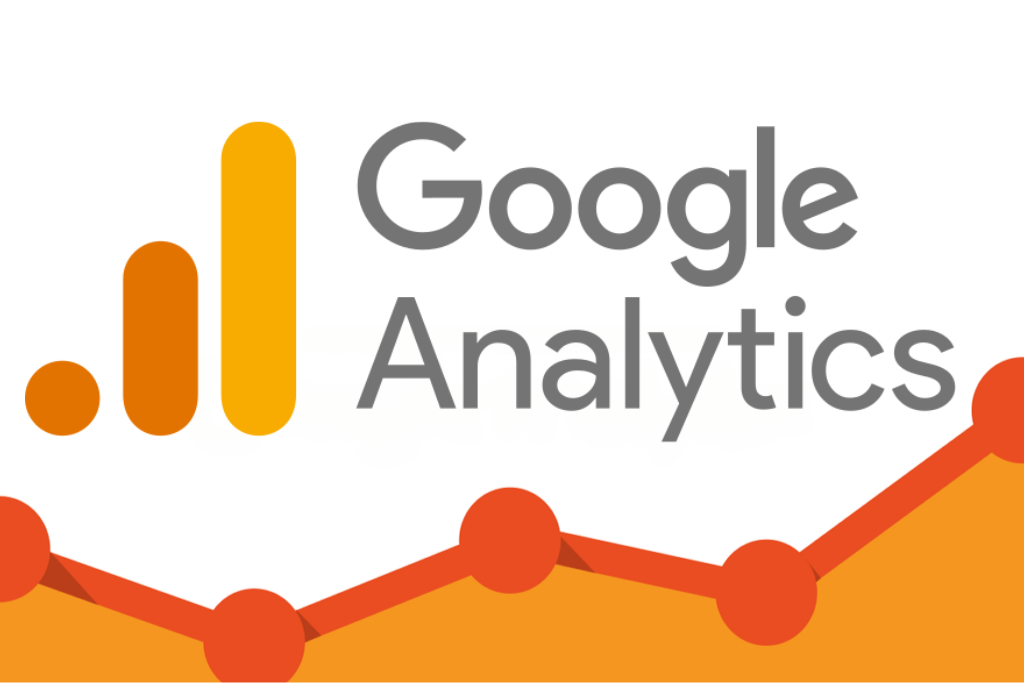Google Analytics is a powerful tool for gaining insights into your website’s performance, user interactions, and conversion rates. This guide will explore its features and best practices for maximizing its potential. In this comprehensive blog, we’ll Google Analytics, unravel its features, and how To make the most of them effectively.
The Basics of Google Analytics
Before diving into the more complex aspects, let’s start with the basics. Google Analytics is a free web analytics service provided by Google that helps you track and analyze various aspects of your website’s performance. It offers a wealth of data, including the number of visitors, their geographic locations, the devices they use, the pages they visit, and the actions they take on your site.
Setting Up Google Analytics
Setting up Google Analytics for your website is the first step toward unlocking its potential. This chapter will guide you through the process of creating a Google Analytics account, generating a tracking code, and integrating it into your website. We’ll discuss various methods, including manual integration and the use of content management system (CMS) plugins, to ensure you’re ready to start collecting data effectively.
Navigating the Google Analytics Interface
Once you’ve set up Google Analytics, you’ll be greeted with a comprehensive dashboard. This chapter will provide an overview of the interface, explaining key elements such as real-time data, audience reports, acquisition reports, behavior reports, and conversion reports. Understanding these sections is crucial as they provide insights into different facets of user engagement and website performance.
Key Metrics and Dimensions
Google Analytics offers a plethora of metrics and dimensions that help you evaluate your website’s performance. From page views and sessions to bounce rates and average session duration, this chapter will break down these metrics and explain their significance. Furthermore, you’ll learn about dimensions like source/medium, devices, locations, and more, which add depth to your understanding of user behavior.
Understanding Audience Insights
Your website’s success relies on catering to your target audience’s preferences and behaviors. This chapter will delve into audience reports, helping you identify demographic information, interests, and user behavior patterns. You’ll learn how to create audience segments to tailor your marketing efforts and content strategies accordingly.

Analyzing Acquisition Channels
Knowing where your website traffic comes from is vital for refining your marketing strategies. This chapter will explore the acquisition reports, providing insights into various channels such as organic search, paid search, social media, and referral traffic. By understanding which channels drive the most valuable traffic, you can allocate resources effectively.
Unveiling User Behavior Insights
User behavior reports offer a comprehensive view of how visitors navigate your website. This chapter will cover metrics like pageviews, session duration, bounce rates, and exit pages. By analyzing this data, you can pinpoint areas of your website that need improvement and enhance user experience.
Conversion Tracking and Goals
Conversions are the ultimate goal for most websites, whether it’s making a purchase, signing up for a newsletter, or filling out a contact form. In this chapter, you’ll learn how to set up goals and track conversions using Google Analytics. We’ll cover different types of goals, how to configure them, and how to interpret the data to optimize your conversion rate.
Advanced Features and Customization
Google Analytics offers advanced features and customization options to cater to specific business needs. From event tracking and e-commerce tracking to custom dimensions and segments, this chapter will explore how to take your analysis to the next level. You’ll discover how to track user interactions beyond pageviews and sessions, enabling a more granular understanding of user engagement.
Reporting and Data Visualization
Accurate data is valuable, but presenting it in a clear and actionable manner is equally important. This chapter will delve into creating custom reports, dashboards, and data visualizations using Google Analytics. You’ll learn how to compile data from different reports to tell a comprehensive story and make informed decisions.
Conclusion
Google Analytics is more than just a tool; it’s a gateway to understanding your website’s performance, user behavior, and the effectiveness of your digital strategies. By mastering its features and insights, you can optimize your online presence, enhance user experience, and drive meaningful results.
This comprehensive guide has equipped you with the knowledge to start your journey toward data-driven success in the digital landscape. Remember, the key to success lies in continuous analysis, adaptation, and improvement based on the insights gained from this powerful tool.
 seolounge
seolounge



